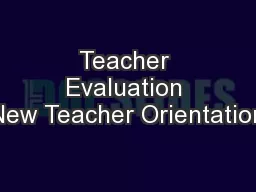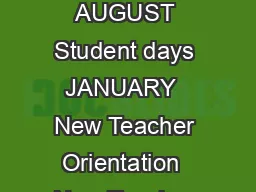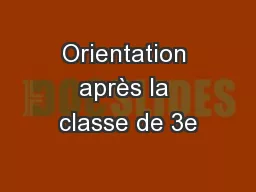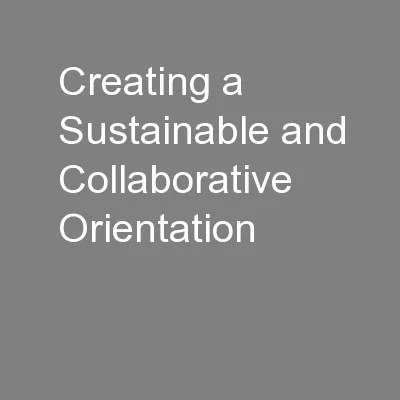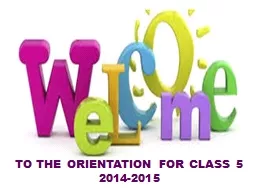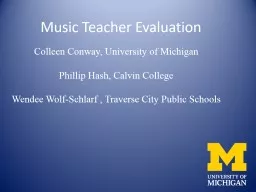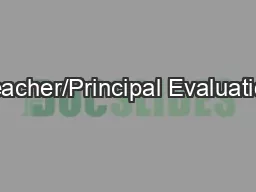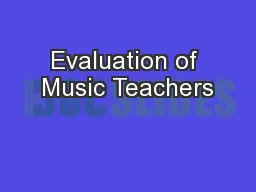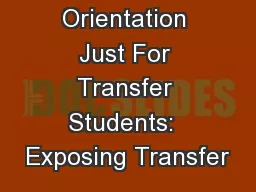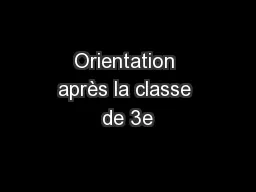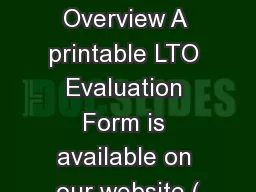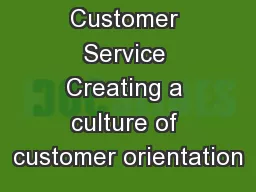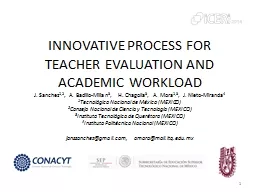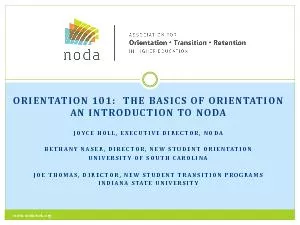PPT-Teacher Evaluation New Teacher Orientation
Author : yoshiko-marsland | Published Date : 2018-09-20
August 15 2013 Outcomes Teachers will gain an understanding of Baltimore County Public Schools Teacher Evaluation System Evaluation Outcomes In discussing a new
Presentation Embed Code
Download Presentation
Download Presentation The PPT/PDF document "Teacher Evaluation New Teacher Orientati..." is the property of its rightful owner. Permission is granted to download and print the materials on this website for personal, non-commercial use only, and to display it on your personal computer provided you do not modify the materials and that you retain all copyright notices contained in the materials. By downloading content from our website, you accept the terms of this agreement.
Teacher Evaluation New Teacher Orientation: Transcript
Download Rules Of Document
"Teacher Evaluation New Teacher Orientation"The content belongs to its owner. You may download and print it for personal use, without modification, and keep all copyright notices. By downloading, you agree to these terms.
Related Documents

